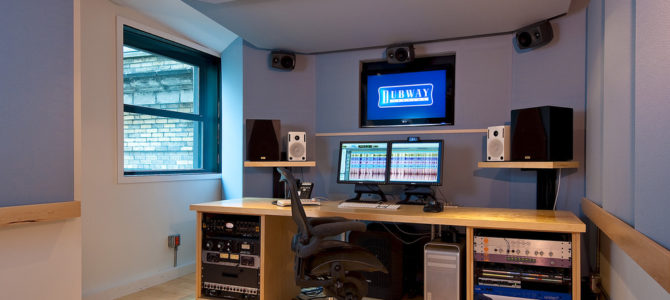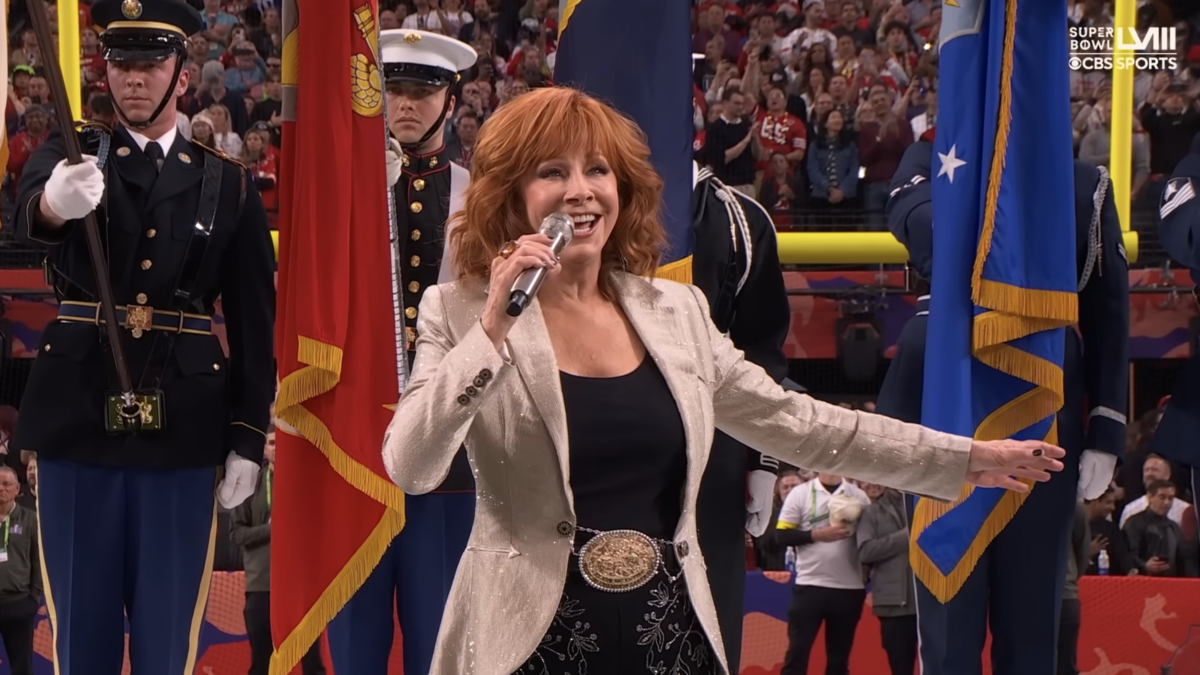
Vinyl records and vintage gear are cool. Something visceral connects you to the music when you drop the needle in the groove and the sound comes alive. It’s the musical version of a sports car with a stick shift and clutch. You are physically part of the experience. I absolutely get it.
But if you are in it for the sound, not the experience that makes it, then come with me to the digital multiverse. You can’t stop the signal.
What sounds good is a truly subjective thing, I mean beyond obvious differences in quality of recording and gear. You can’t judge good sound in a way everyone will agree on. So, let’s just note that some people like the sound of analog vinyl and some like digital; and, that when you add in all the permutations of equipment, there is no standard of “good” sound.
There is a way to experience your music that is so stunning any audiophile can be left in slack-jawed amazement. I’m talking about surround music. The profusion of home theater systems had the wonderful side benefit of spurring quite a bit of music mixed for 5.1 surround set-ups. There is nothing sacred about a two-speaker stereo standard. It makes sense given that humans have two ears, but music is not created from two sources on our left and right.
Recreating the Studio Mixing Board
The goal of any good hi-fi system is primarily to recreate what came off the mixing board in the studio. The engineer deals with dozens of tracks that need to be combined into a mix spread across the available speaker space. If there are six speakers to use to broadcast all the parts, it is much easier to create a soundstage when the music is played back.
A good engineer can place each track in space using two stereo speakers to spread them across your listening room and then let them fill it up. But simple math will tell you having an additional three speakers and a subwoofer allow much more freedom, accuracy, and space for all the instruments to breathe. You will truly hear this the first time you play a well-mixed surround version of one of your favorite records.
The band Yes features dense, layered musical tapestries. You can get lost in an album like “Close to the Edge” and not be seen for an hour. Now, let’s take all of the elements they brilliantly created, turn them over to a surround wizard like Steven Wilson of Porcupine Tree. He reassembles them, with input from the band, to take advantage of all the additional audio landscape.
“Blow your mind” is a truly over-used phrase, except when it fits perfectly. This will blow your mind like the famous Maxell tape ad blew the guy’s hair and drink back. You don’t have to play it loud, but you can. When Chris Squire’s bass comes growling out at you, it will stun but not overpower. There is room for everyone else’s brilliance to shine and be heard. Heck, you even have the Roger Dean artwork sitting there on the TV monitor if you can pry your eyes open.
How to Set Up Surround Music
Let’s talk for a minute about setting up for surround music. Home theater may have helped grow it, but it’s a bad model for enjoying it. The setup for a 5.1 theater rig has the surround speakers behind the listener. Now, when I’m at a show they don’t usually put the bass player or the strings section behind me. For electronic or abstract music, a “surround” speaker arrangement is fine. But for music you would more likely enjoy as a concert on a stage or in a small room, whether a live or studio version, a slight adjustment makes sense.
I put my surround speakers in front of the listening position as wide as possible. Most of the surround music I’ve found puts some of the band or ensemble into those speakers so it makes sense to have them playing in front of you and broadening the soundstage. If you listen to a small acoustic group, it will be as close to sitting in front of them for a private concert as you are likely to get. This makes it more of an expansion than an actual surround, although there are 7.1 and even 9.1 mixes that will give you a complete envelopment if that’s what you want.
Adding to the enjoyment is the number of studios and musicians now recording for surround from the start, like 2L in Norway and Sono Luminus here in the United States. You get so much more freedom and fidelity when you plan a recording for 5.1, and you can always do a stereo mix. The additional piece of the puzzle is releasing the music on Blu-ray. They have so much more storage space that multiple mixes, out takes, and videos can all be on one disc.
When an engineer mixes our music, he or she uses a master version of the recording. These are usually converted to an uncompressed digital version to do all the mixing and fixing the amazing new computer tools allow them to do. To output this to a CD, it must be compressed from 24-bit 96 khz to 16-bit 44.1 khz and the final product must be less than 800 MB. A Blu-ray can hold 25 gigabytes, so there is no need for any compression.
I’m not saying vinyl is dead. The joy of a mechanical connection to a spinning disc with a diamond tracking through the groove is, as I said, very cool. But if vinyl on a turntable is a vintage ragtop with four on the floor, the digital multiverse is a brand-new Tesla gull-wing SUV with push buttons to change gears. It’s not old school for sure, but has a lot of cool features you can’t get on a classic. If you have a chance to listen, you’ll understand why you can’t stop the signal.









